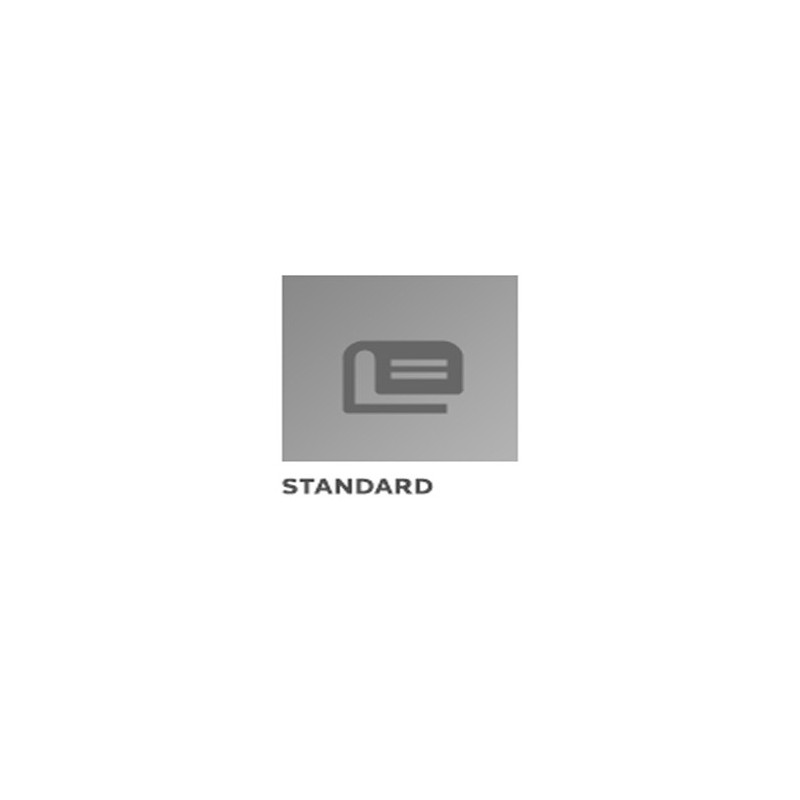Description / Abstract:
Introduction
The ability of the elastomeric radial lip seal to adjust to a
broad range of changing environmental conditions makes it the
preferred design choice of user and supplier alike. However, the
interaction of the seal with its changing environment can cause
leakage to occur. Figure 1 lists seal and application variables
that can produce certain dynamic effects resulting in leakage.
Each application should be reviewed carefully. There are three
basic steps that are normally taken to ensure success. They
are:
1. Determine the application parameters that appear to be most
significant.
2. By working with the seal manufacturer, determine the type of
seal to be used. Try to use an existing production seal whenever
possible.
3. Test the proposed seals in the application. Try to obtain a
representative, statistical sample. If actual application testing
is not possible, use the seal manufacturers' laboratory test
machines to simulate actual field conditions as closely as
possible.
When the seal is approved for proaxtion, it is important that
blueprint specifications be agreed upon between supplier and user
for purposes of quality control. Usually, the manufacturer's
customer print of the oil seal contains the essential control
specifications. A useful document is the SAE seal print format. Any
additional information should be mutually agreed upon.
Since the oil seal is composed of many different organic and
inorganic constituents, the seal manufacture: must make adjustments
when necessary for maintaining proper seal function. Shortages of
raw materials make some substitutions mandatory. Occasionally, some
health standards make it necessary to alter the constituents. It is
important that the manufacturer evaluate any changes made in terms
of functional performance. If major adjustments must be
made to the products, the manufacturer will review the changes with
his customer before making them to assure continued satisfactory
field performance.
The parameters that are considered important to most
applications are:
1. Housing
2. Shaft
3. Fluid
4. Environmental conditions
5. Duty cycle
The following discussion relates to the use of
standardseal designs.
Special seal designs can be developed to accommodate more severe
application conditions.


